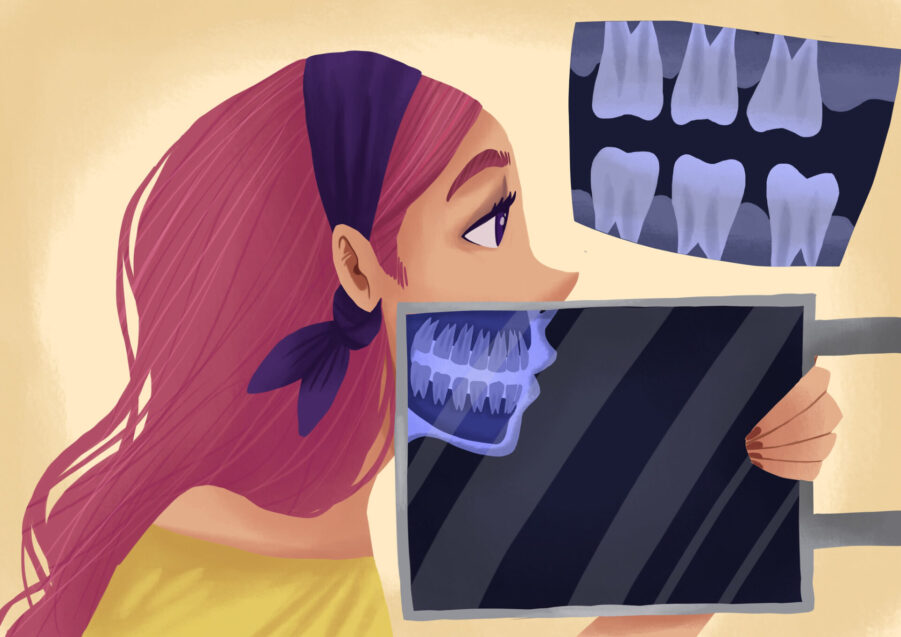
Dental X-Rays Demystified: Types, Safety, and Uses
October 26, 2023 9:00 amDental X-rays, also known as dental radiographs, are a crucial tool in modern dentistry. They provide dentists with an accurate and insightful way to diagnose and monitor oral health conditions. If you’ve ever questioned why you need dental X-rays, keep reading to understand the different types of dental X-rays, their safety, and their numerous uses!
Types of Dental X-Rays
In recent years, you’ve likely had digital radiographs. Digital X-rays allow for an instant image of your teeth, avoiding the time needed to develop X-ray film. There are several types of digital X-rays:
- Bitewing X-Rays:
- Periapical X-Rays:
- Panoramic X-Rays:
These X-rays capture images of the upper and lower back teeth when a patient bites down on paper or film. They are commonly used to detect cavities between teeth and assess the fit of dental fillings and crowns. These are commonly taken every 6-12 months.
Periapical X-rays focus on a single tooth, capturing images from the crown to the root tip. Dentists use them to diagnose root canal issues, dental infections, and evaluate dental trauma.
Panoramic X-rays provide a comprehensive view of the entire mouth, including all the teeth, upper and lower jaws, and the surrounding structures. Dentists use these to assess impacted teeth, jaw disorders, and overall oral health. These are typically taken every 3-5 years.
Safety Measures with Dental X-Rays
Thanks to advancements in dentistry, modern dental X-rays are safer than those of the past. Patient radiation exposure is miniscule. In fact, when you get a set of four “bitewing” X-rays at your routine exam, the radiation exposure is less than the average daily dose of radiation in daily life! Some additional safety measures that may be taken when you get a dental X-ray include:
- Lead Apron and Collar:
- Limited Exposure:
- Pregnancy Precautions:
Dental staff will provide you with a lead apron and collar to protect your body from unnecessary radiation exposure during X-rays. Although radiation exposure is extremely low, we still want to provide extra protection to your thyroid and reproductive organs.
Dentists follow the ALARA principle (As Low As Reasonably Achievable) to minimize radiation exposure. X-rays are only taken when necessary for diagnosis or treatment planning.
If you are pregnant or suspect you might be, inform your dentist. They will take extra precautions and may postpone non-urgent X-rays until after your pregnancy.
What Are Dental X-Rays Used For?
Whether you’re getting a dental X-ray as a new patient or a returning patient, they often serve the purpose of:
- Diagnosing Cavities
- Monitoring Growth
- Orthodontic Planning
Comprehensive Dental Care in Cedar Park, TX
Dental X-rays are a fundamental aspect of dental care. They play a crucial role in diagnosing and monitoring various oral health conditions. At Dental Salon, we may request dental X-rays during your visit to help us provide treatment effectively. To learn about what treatments we offer, get in touch to learn more!
Image from Authority Dental under CC 2.0
This post was written by Dental Salon
